NBA fans know lot’s of draft terminology, lottery pics, 2nd round, high first, one and done. The rules however that actually govern who can enter the draft and when they can enter it are a lot less well known. A great source of this is Article X of the 2017 Collective Bargaining Agreement. We have gone through it to try and simplify it for you.
How Do NBA Players Get into the NBA Draft? There are two types of NBA draft applicants. Those with Automatic Eligibility and those who request Early Entry. The rules around Automatic Eligibility require a player to have played 4 years of college basketball, or having previously signed a professional basketball contract outside of the NBA. This means the majority of modern draft entries are Early Entry applicants. They must submit in writing at least 60 days before the draft their intention to enter the draft early. Prospects can only be draft eligible if they will be 19 or older in the calendar year the draft is being held.
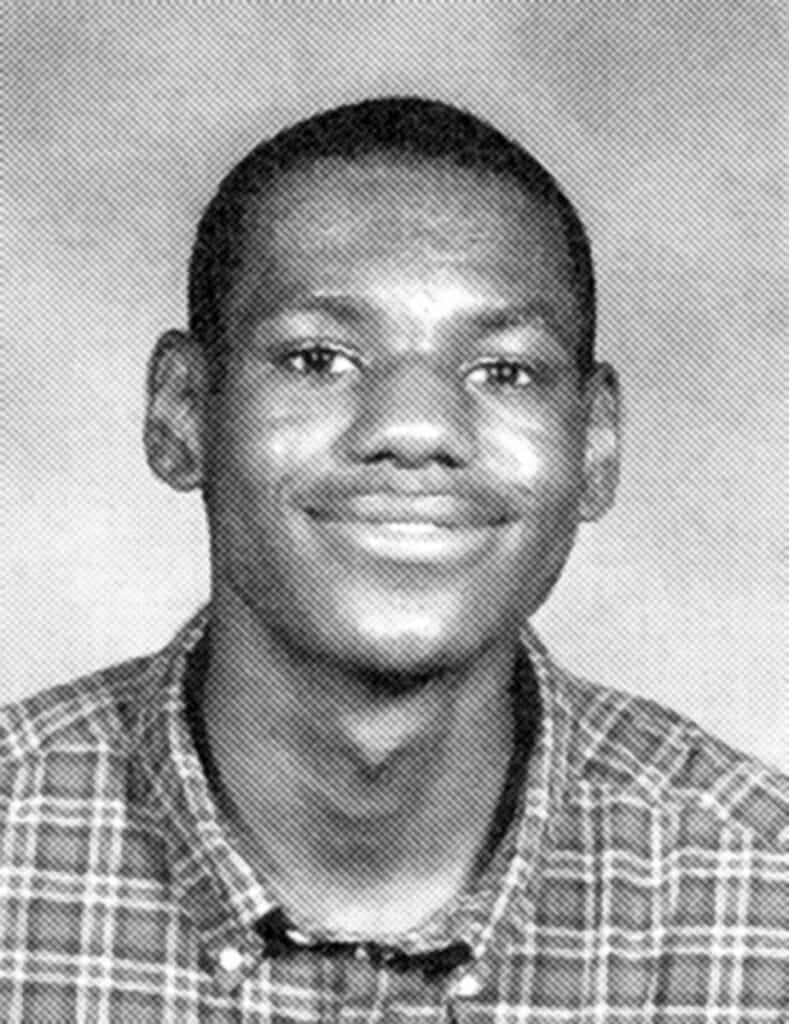
As with most things in life, it isn’t quite as simple as the basics outlined above. Below we take a deeper look at how a player ends up entering the NBA Draft.
NBA Draft Age Requirements
Between 1975 and 2005 the NBA accepted players straight out of high school, as long as they were 18. This resulted in 40 players being taken straight out of high school. The first was Daryl Dawkins who was selected 5th overall in 1975 by the Philadelphia 76ers and the last was Amir Johnson of Westchester High School with the 56th pick in the 2005 NBA Draft by the Detroit Pistons.
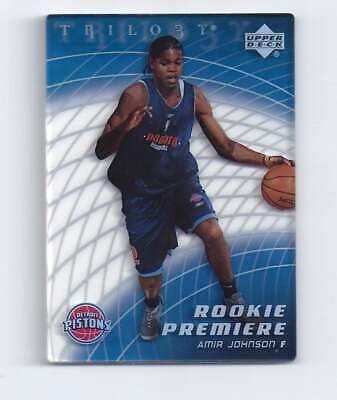
From the 2006 Draft onwards, Article X, dictated that for American players at least 1 NBA season must have elapsed since the player’s class high school graduation date. This is known as the 1 and done rule and is still in place today.
The CBA defines “international players” for draft purposes as those who meet all of the following criteria:
- Permanently reside outside the U.S. for at least three years before the draft while playing basketball outside the U.S.
- Have never enrolled in a U.S. College or University.
- Did not complete High School in the U.S.
Regardless of your status as American or International, to enter the NBA draft you have to be 19 or older during the calendar year that the draft is taking place.
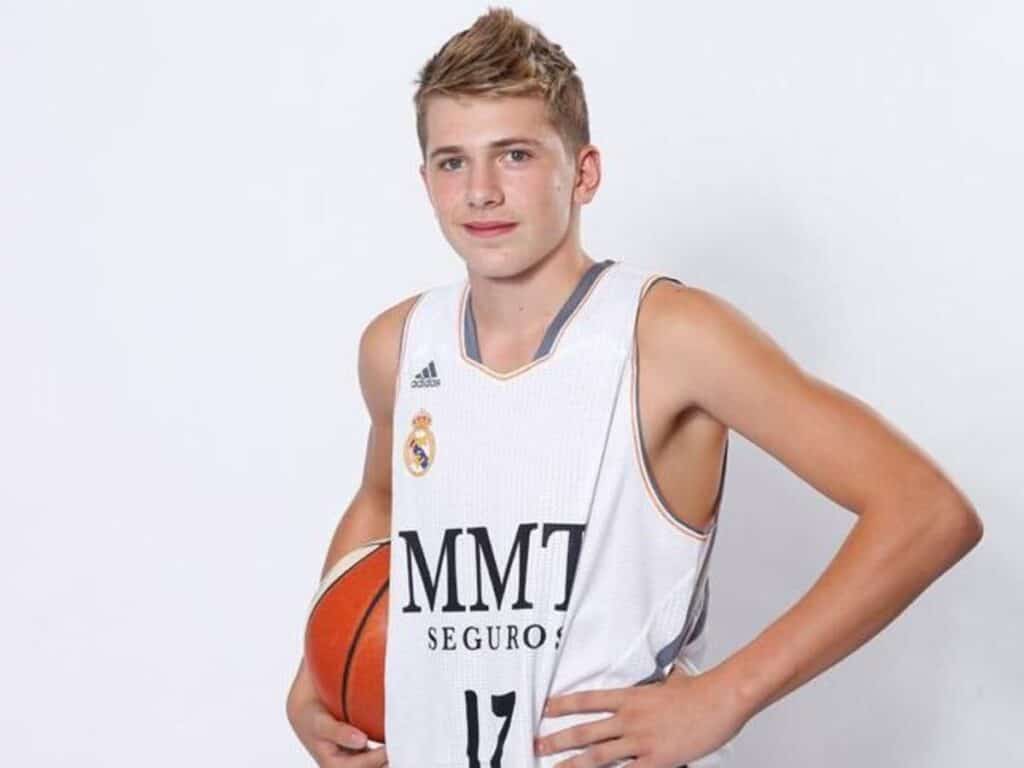
NBA Draft Automatic Eligibility
Automatic Eligibility for the NBA Draft is best explained by what it is not. Below we have laid out the rules of Automatic Eligibility. If a player meets any one of these criteria then an NBA team has the right to select them in an NBA Draft. This will give the Franchise the Draft rights to this player for the duration of their rookie contract, regardless of whether they sign it or not. In this way it doesn’t matter if the player has made a choice to go to the NBA that year or not.
While this may seem a bit odd, it actually creates a very flat playing field and there is no obligation for the player drafted to sign an NBA contract.
- The player has graduated from a four-year college or university in the United States (or is to graduate in the calendar year in which the Draft is held) and has no remaining intercollegiate basketball eligibility.
- The player is attending or previously attended a four-year college or university in the United States, his original class in such college or university has graduated (or is to graduate in the calendar year in which the Draft is held), and he has no remaining intercollegiate basketball eligibility.
- The player has graduated from high school in the United States, did not enroll in a four-year college or university in the United States, and four (4) calendar years have elapsed since such player’s high school graduation.
- The player did not graduate from high school in the United States, and four (4) calendar years have elapsed since the graduation of the class with which the player would have graduated had he graduated from high school.
- The player has signed a player contract with a “professional basketball team not in the NBA” (defined below) that is located anywhere in the world, and has rendered services under such contract prior to the January 1 immediately preceding such Draft.
For an international player to be considered Automatically Eligible:
- They are at least 22 during the calendar year of the draft; or
- They have signed a contract with a professional team outside the NBA but within the USA, and have played under the contract.
NBA Draft Early Entry Applicants
In order to protect players’ College eligibility, there is a gap where people are eligible to be drafted to the NBA, but they are not Automatically Eligible. In the modern game, this is the most common way for a top prospect to enter the league. It is called Early Entry and is the path that must be taken for anyone who wishes to be drafted that doesn’t meet one of the Automatic criteria listed above.
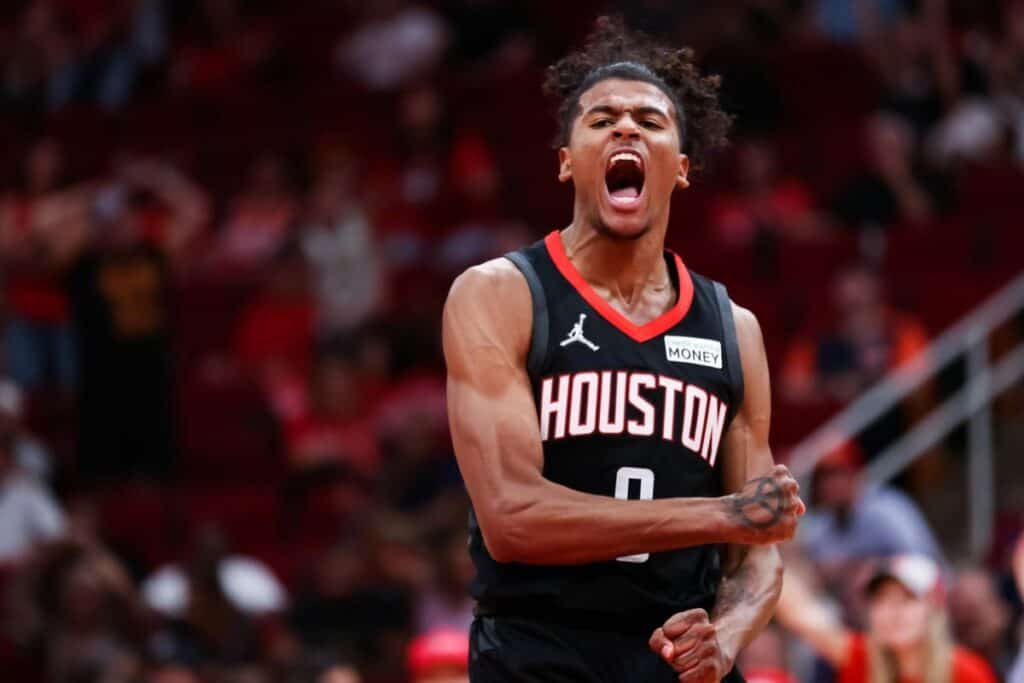
These players must express interest in entering the draft by writing, at 60 days prior to the draft, directly to the NBA. Players must Include their name and state that they meet the age eligibility requirements. They must request a draft entry application form. The letter should be addressed to The Office of the General Counsel at the NBA offices in New York City.
Potential draftees should fill out and return the application form as directed. The form requests personal information, proof of age, high school and college information, and for agency representation to be declared, if any.
Early Entry Applicants have up to 10 days before the draft date to withdraw their application and protect their College Eligibility and ensure they are not drafted by a Franchise in that year’s draft. Previously the NCAA has been stricter on withdrawals insisting it was done by early May. This was in order to dissuade early applicants and keep them in the College Basketball system. However this has been relaxed now.
How many NBA Drafts can you enter?
Although you can only be drafted into the NBA once, you can actually enter the NBA Draft twice. The rules governing it read as:
- No player may sign a Contract or play in the NBA unless he has been eligible for selection in at least one NBA Draft.
- No player shall be eligible for selection in more than two NBA Drafts.
It is clear from this that you have to enter the NBA Draft at least once, in order to be signed by a team. If you are not selected you can choose to enter the draft a second time, but that is it. Once you have entered the draft once and not been selected, you would be free to sign with any NBA Franchise who is willing to offer you a contract. This is what is known as being an undrafted player. Ben Wallace of the 2004 Pistons title team is probably the most famous player who went this route. More modern examples would be Duncan Robinson of the Heat or Lou Dort of the Thunder.
NBA Draft Playing Profile Pathways
College Students:
The traditional path into the NBA Draft is by playing college basketball. So many scouts and other high-ranking officials in the NBA have direct links to coaching teams at the top NCAA colleges. So it’s easy to get recognition by performing well during college, especially with the national recognition that a strong run in March Madness may bring you. It also helps to follow in the footsteps of other players who are entering as well, the NBA Alumni from your chosen college can reach down and raise your reputation if they feel inclined. NCAA coaches know the things that the league is looking for and often build their own reputation, ability to recruit the top players, on their prowess at getting players drafted into the NBA. These players must at least have finished one full season in college, they can’t attend the school, and skip the season for purposes such as focusing on the next draft. Players will need to request an evaluation from the league after March Madness comes to an end to really get a feel for their draft projection. This is when they will have to make a decision of whether or not they will enter their names into the draft pool for that year. They are required to come to their decision at least 60 days before the event arrives. If you don’t request an evaluation and decide to throw your name in in the middle of the season, you will need to get your decision and requirements set up a few weeks sooner than normal. The league is usually going to get back to you after you write a letter to Adam Silver that you will be declaring for the draft along with other meaningful information. Again, it may sound easy when reading this, but even the smallest thing could go wrong that may throw somebody completely off course.
Professional Players:
It has become more and more popular for potential draftees to miss out on the opportunity to play for free at College. Instead they are exploring options to be professionals in the Euro-League, Australian National League and NBA G-League in particular. They can gain great experience playing in adult competition while earning money and waiting for the year to pass between them leaving high school/turning 18 and becoming eligible to enter the NBA Draft.
This is not just the path for international Euro League Stars such as Luca Doncic. Many US educated players have chosen to play professionally before entering the NBA. These include Hornets starlet Lamelo Ball who played in Australia for a year and Rockets high flier Jalen Green who played for G-League Ignite.
For prospects who know their destiny is lucrative contracts in the NBA earning them millions of pounds, the need to go to College to get an education is less and less. Why play for free when you can get paid?
Is NBA Draft Combine mandatory:
The NBA Draft combine is not mandatory, nor is sharing medical records with all Franchises. It isn’t uncommon for top prospects to have agent representation that plant rumors or only share medical records with certain teams. Many players only work out with teams they wish to be drafted by. While this doesn’t prevent a franchise from making a bold decision and taking the player they want, it can signal that wasting your 9th overall pick on a player that clearly doesn’t want to be at your franchise may not be the best long term move.
For players with lower draft stock the NBA Draft combine can be an absolute must to boost their profile and get noticed. Remember the higher a player is taken in the draft, the more money they will earn on their Rookie contract.
Can a player refuse to play for the NBA team that drafted them?
Once a player has been drafted to an NBA Franchise they can only sign their Rookie Contract with that NBA team. They do not however have an obligation to sign their contract with the NBA. The team that drafted them will own the draft rights until such a time as the player decides to take up the contract and play in the NBA. Dr J famously tried to sign a contract with the Atlanta Hawks after being drafted to the Bucks. He did all this while also under contract with the ABA. Eventually he would finish his ABA contract after the NBA ruled he was only eligible to play for the Bucks. He would have teamed up with Kareem and Oscar Robertson on the Bucks!!
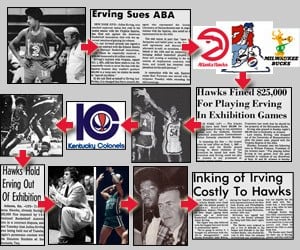
Can a player skip the NBA Draft and sign with a team?
No. All players who sign an NBA contract have to have been eligible for selection in at least one NBA Draft. If they are not selected in that Draft, they can either enter one more time or they can sign directly with any franchise willing to offer them a contract.
Can the NBA reject Draft Applications?
No, the NBA will not reject a Draft application. Once a player is eligible or has declared early eligibility then they are available for selection in the Draft. This does not mean that a Franchise will consider them or select them.

